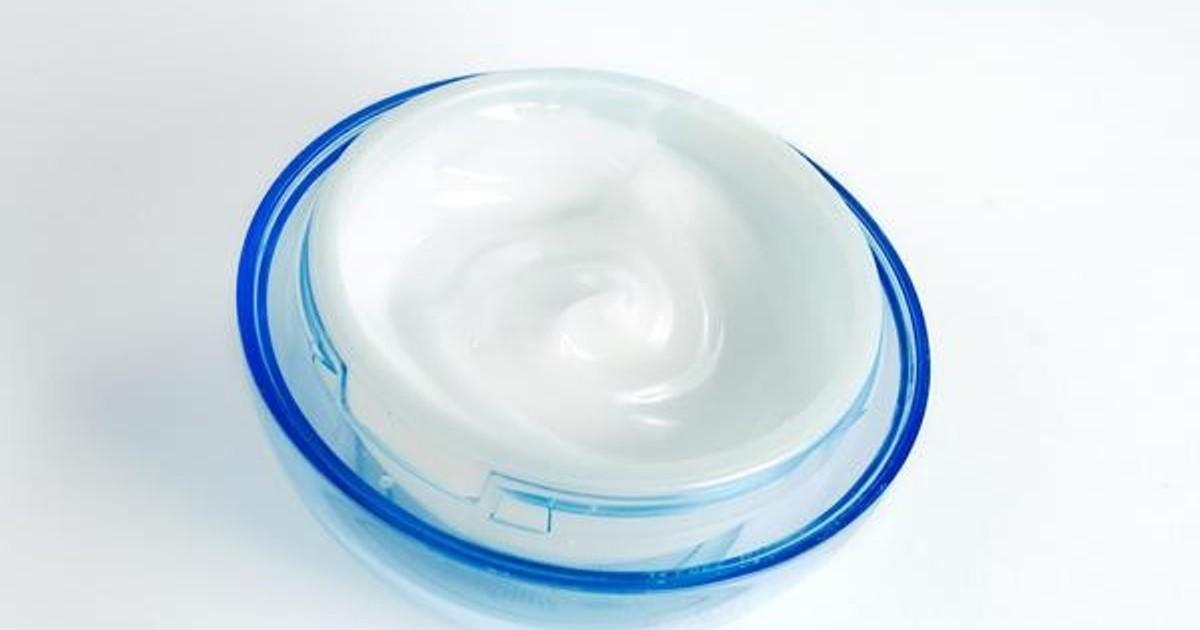What is Azelaic Acid?
Azelaic acid is a naturally-occurring dicarboxylic acid that is found in various grains like wheat and rye. It is a byproduct of the metabolism of the fat found in these grains. Azelaic acid is a mild acid that is produced in our skin's sebaceous glands. This acid helps fight bacteria, inflammation, and acne. More specifically:
- Azelaic acid is a fatty acid produced naturally by yeast and certain other microorganisms. It inhibits the growth of Propionibacterium acnes, the bacterium believed to play a central role in acne.
- It works by reducing inflammation, inhibiting keratinization, and killing the bacteria that contributes to acne lesions. It also has antibacterial properties that help treat acne-causing bacteria.
- Unlike some other acne medicines, azelaic acid is also effective at lightening areas of post-inflammatory hyperpigmentation marks – the lingering brown spots sometimes left behind when pimples heal.
Uses and Benefits of Azelaic Acid
Azelaic acid is primarily used as a topical treatment for various skin conditions including:
- Acne : This is the primary use of azelaic acid. It has been shown to help reduce both non-inflammatory and inflammatory lesions in patients with mild to moderate acne. Azelaic acid works by inhibiting bacteria buildup and reducing inflammation.
- Rosacea: Azelaic acid helps control flare-ups associated with rosacea by reducing redness and inflammation. It may help relieve symptoms like papules and pustules. Some studies have found it effective at reducing erythema in rosacea.
- Hyperpigmentation: As mentioned previously, azelaic acid assists in fading post-inflammatory hyperpigmentation marks left behind by acne lesions and other skin issues. It can help even out skin tone over time.
- Melasma: Some research indicates azelaic acid may be useful in reducing the severity of melasma, a skin condition causing brown patches on the face. However, more studies still need to be conducted.
- Photodamage: Early evidence indicates regular use of azelaic acid formulations may help reduce signs of sun-induced skin damage like fine lines and wrinkling over time with regular use. However, it should be combined with daily sun protection.
- External genital warts: Studies suggest topical azelaic acid to help clear external genital warts in both men and women. It works to clear warts by targeting HPV, the virus that causes them.
Safety and Side Effects of Azelaic Acid
Azelaic acid is generally well-tolerated on the skin when used as directed. However, some people may experience:
- Burning/stinging sensation upon initial application – This is usually minor and temporary, especially when first starting treatment. It tends to lessen over time.
- Redness or irritation of the skin – Using a very small amount and slowly building up frequency of use can help reduce irritation. Applying after moisturizing may also help buffer effects.
- Itching or peeling of the skin – This may happen when acne lesions are healing or if damage occurs from too frequent use early on. Scaling and flaking usually subside within a few weeks.
- Dryness – Although rare, dryness may result from regular long-term use of azelaic acid products in certain sensitive skins. Switching to a mild cleanser and moisturizer can prevent further exacerbation.
Beyond these surface-level side effects, no serious safety concerns have been found when Azelaic Acid is applied topically as directed. Safety in pregnancy has also not been established, so it is best avoided during this time unless otherwise directed by a doctor.
Combination Therapy Using Azelaic Acid
To optimize results, many experts recommend using azelaic acid as part of an overall skincare routine combining different acne-fighting ingredients and modalities. Here are some potential combination options:
- With benzoyl peroxide: Azelaic acid works in a synergistic way with benzoyl peroxide to clear both inflammatory and non-inflammatory lesions. Using them together in the morning yields maximum antibacterial action compared to either agent alone.
- With topical retinoids: Regular retinoid use helps accelerate cell turnover for clearer skin. Combined with azelaic acid’s antibacterial effect, it addresses multiple causes of acne for comprehensive healing. Start with alternating nights to avoid irritation.
- With oral antibiotics: For moderate-to-severe acne, oral tetracyclines or macrolides compliment azelaic acid treatment by fighting deeper housed bacteria and reducing inflammation systemically.
- With hydroquinone: A combinationproduct containing 4% hydroquinone and 20% azelaic acid cream shows significant skin lightening for hyperpigmentation compared to either agent alone. It addresses multiple causes for an even complexion.
- With chemical peels: Azelaic acid helps soothe skin during the healing phase after resurfacing peels for active acne or melasma. Fading of post-peel hyperpigmentation may also be accelerated when applied as a maintenance product.
Azelaic acid has been shown to be a safe and effective option for improving mild-to-moderate acne, rosacea-related acne flare-ups, and skin discolorations including melasma and post-inflammatory hyperpigmentation. Combining it with complimentary topical or oral medications in a consistent long-term skincare routine can maximize its therapeutic potential. Overall, azelaic acid is a well-tolerated treatment worthy of consideration for antioxidant acne therapy. With regular application, many find it delivers multi-functional skin brightening as well as antibacterial benefits.
For More details on the topic:
https://www.insightprobing.com/azelaic-acid-size-and-share-analysis/
Check more trending articles related to this topic:
https://coolbio.org/emergence-of-online-clothing-rental-market/



